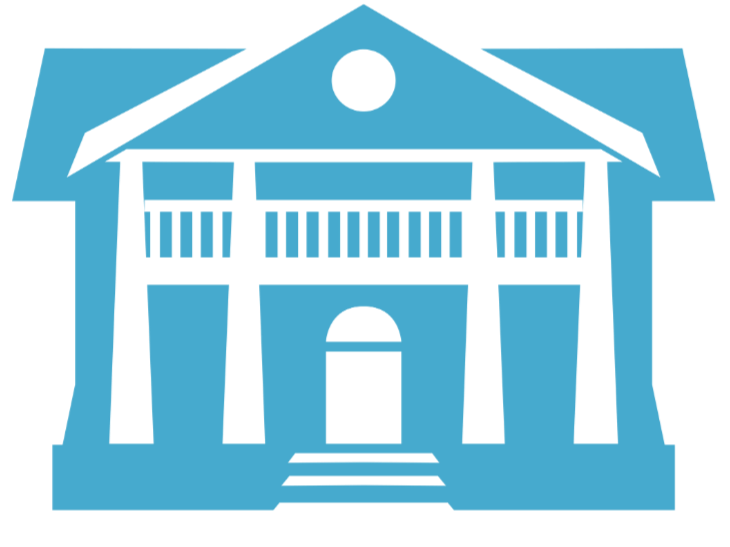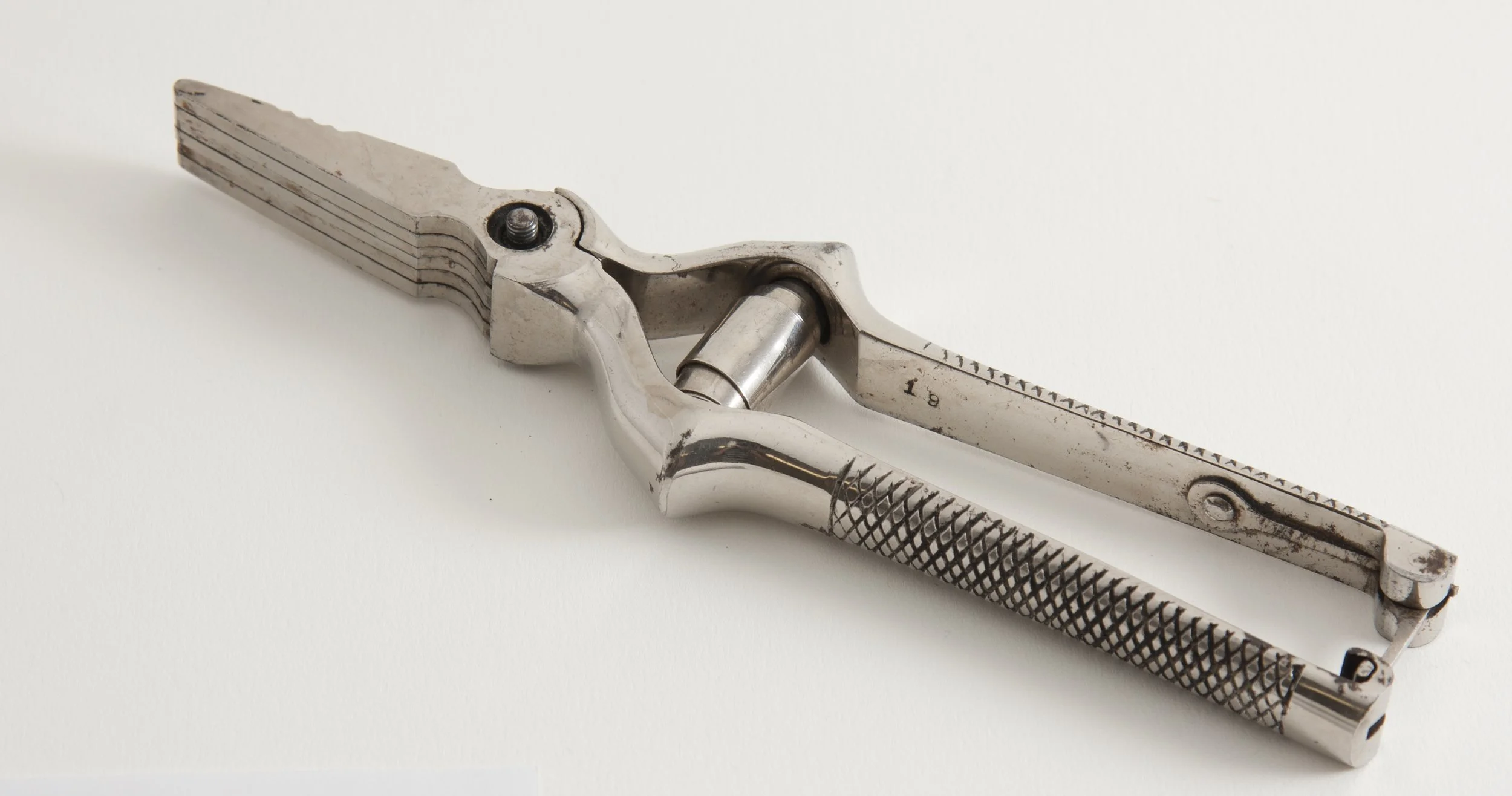Collections Corner: May I Pre-chew that for you, Sir?
 Our teeth are an essential part of our daily lives – we use them to do things like eat and form our words. How healthy are your teeth? Today, there are many things we can do to protect our teeth – brush twice a day, floss and visit your friendly neighbourhood dentist every six months. When we are small, losing a tooth is exciting! There is the anticipation of a visit from the Tooth Fairy and then amazement when a brand new tooth pushes up in place of the old one. As we age, the prospect of losing a tooth is no longer so exciting and we have to examine other alternatives to replace lost teeth.For the past few decades in North America, we’ve been fortunate that replacing lost teeth is virtually pain-free, widely available, and often covered on insurance plans, but do you ever wonder what would have happened one hundred years ago when such services were more risky and only available to the very wealthy? When there was tooth decay, often the only option was to pull the tooth—without anaesthetic. Depending on the teeth you were left with, everyday tasks such as eating and drinking could be a challenge.
Our teeth are an essential part of our daily lives – we use them to do things like eat and form our words. How healthy are your teeth? Today, there are many things we can do to protect our teeth – brush twice a day, floss and visit your friendly neighbourhood dentist every six months. When we are small, losing a tooth is exciting! There is the anticipation of a visit from the Tooth Fairy and then amazement when a brand new tooth pushes up in place of the old one. As we age, the prospect of losing a tooth is no longer so exciting and we have to examine other alternatives to replace lost teeth.For the past few decades in North America, we’ve been fortunate that replacing lost teeth is virtually pain-free, widely available, and often covered on insurance plans, but do you ever wonder what would have happened one hundred years ago when such services were more risky and only available to the very wealthy? When there was tooth decay, often the only option was to pull the tooth—without anaesthetic. Depending on the teeth you were left with, everyday tasks such as eating and drinking could be a challenge.
Enter the masticator! This tool was the superhero of the edentulous. The revolutionary masticator was used to pre-chew food for those who had lost their teeth or had teeth in very poor condition. With its spring loaded, scissor-like construction and sharp blades, the masticator made it easier for toothless people to enjoy the foods they loved. Imagine...sitting down to a delicious meal and alongside your knife and fork you have a masticator to pre-chew your steak and vegetables.
Thanks to modern dental technology we keep our teeth longer and have excellent options for replacements that function like real teeth. Tools like the masticator can stay in a museum where they belong!
Meaghan EckersleyCollections TechnicianThe Museum gratefully acknowledges the financial support of the Government of Ontario through the Programs and Services Branch of the Ministry of Tourism and Culture for the project to accession of the Dr. Ralph and Mrs. Olga Crawford Canadian Dental Collection


